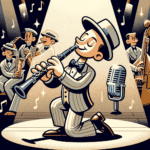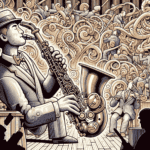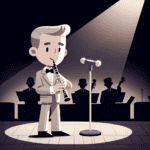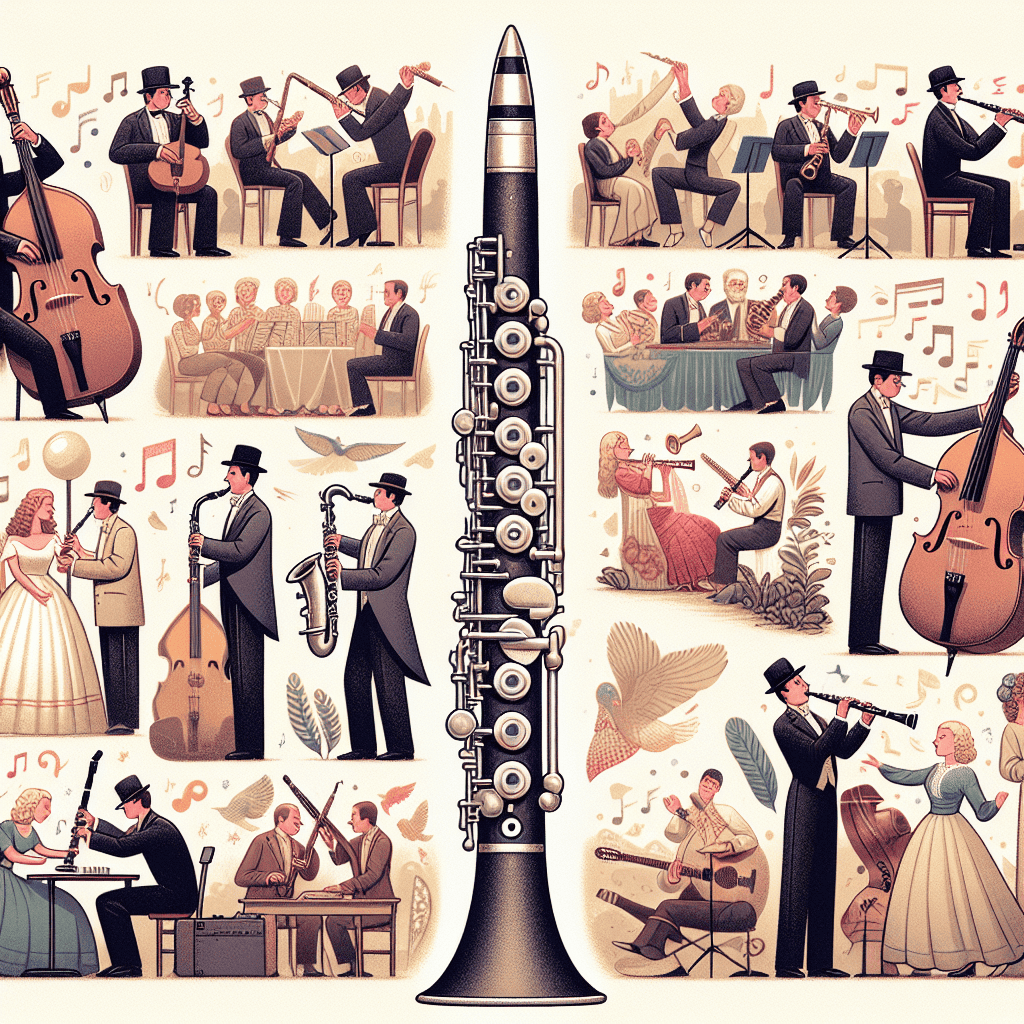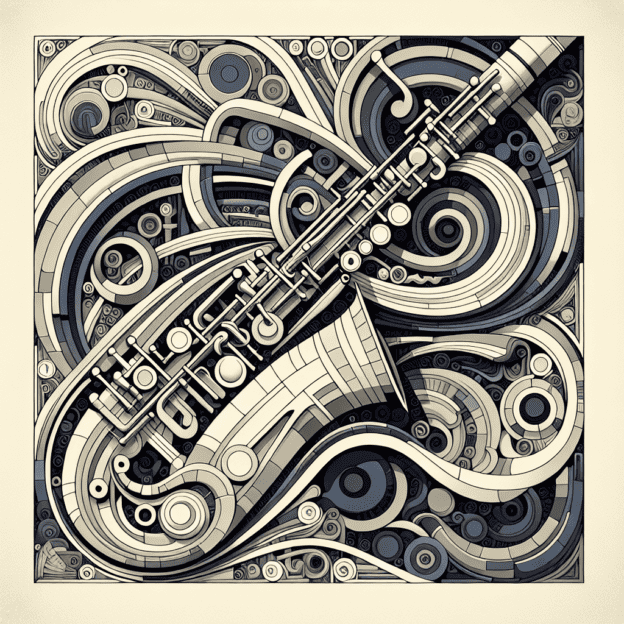When you think about jazz, your mind likely goes straight to its soulful melodies, improvisational brilliance, and the deep-rooted cultural impact it has had globally. But did you know the clarinet—a key instrument in jazz—doesn't just play its part musically? It also resonates with influences far beyond sound, including architecture. Let's explore how clarinets have intertwined with the jazzy rhythms of design and construction.
The Clarinet in Jazz: More Than Just Music
The clarinet, particularly during the early jazz movements of the 20th century, held its own as a star performer. Artists such as Benny Goodman, known as the “King of Swing,” showcased the clarinet's versatility, demonstrating its emotional power and technical agility. While saxophones and trumpets might often steal the spotlight in jazz discussions, the clarinet carved a distinct niche, not only in music but through its significant cultural implications. This creative spirit shaped more than just sound—it influenced how we see and experience space.
Jazz and Architecture: A Harmonious Blend
Jazz, with its exuberance and freedom, has been a beacon of individuality and experimentation. That same audacious energy found its way into architecture. Take Art Deco, for example. This architectural style, with its sharp symmetry, bold lines, and cosmopolitan flair mirrored the sophistication and dynamic unpredictability of jazz.
| Jazz Element | Architectural Counterpart |
|---|---|
| Improvisation | Fluid, asymmetrical designs |
| Rhythm | Repetitive patterns in facades |
| Harmony | Balanced structural elements |
| Syncopation | Unexpected architectural features |
Buildings such as the Chrysler Building in New York, one of jazz's stomping grounds, seem almost alive with rhythm. Imagine walking down a street in the 1930s, clarinet tunes from a Martin Freres resonating from a nearby jazz club while glancing up at the glittering spires of modern towers—truly a feast for the senses.
Small-Scale Designs: Jazz in the Details
The connections between architectural form and jazz melodies weren't limited to grand gestures. Even smaller-scale designs adopted the improvisational spirit jazz embodies. Furniture, wrought-iron railings, intricate ceilings—they all mirrored musical motifs that might echo a clarinet's sweet and complex tones. For every jazz musician bending a note, there seemed to be a designer bending steel or carving wood to mimic those rhythms visually.
The Clarinet's Evolution in Jazz
What about the clarinet itself in these transformative times? Well, brands like Martin Freres Clarinets helped shape a sound palette that jazz musicians could rely on. The clarinet's defining tonality—expressive, warm, and surprisingly versatile—made it the choice for artists bridging classical traditions and new-age jazz experimentalism. Its chamber presence created intimate, melancholic moments within the genre, while its sheer clarity soared in ensemble settings. The craftsmanship behind these instruments fueled creativity that spread into other mediums, inspiring everything from paintings to concrete structures.
Modern Influence: Jazz in Contemporary Architecture
Today, the connection between jazz, clarinet, and architecture remains strong. Post-modern architects often draw from jazz's spontaneity and variety, translating its energy into fluid, chaotic, yet oddly harmonious building facades. Meanwhile, music festivals in historically jazz-rich areas, such as New Orleans, feature venues and arenas that echo decades of cultural dialogue. They aren't just stages for performances; they embody the fusion of music and design.
Cross-Disciplinary Inspiration: A Lesson for All
Even if you're not a musician, there's a lesson to take from the clarinet's jazz narrative. Consider how different disciplines can feed and inspire one another. The artistry in jazz and the creativity of architectural spaces remind us that embracing cross-disciplinary inspiration can lead to innovative results. Next time you pick up your clarinet or attend a concert, take a moment to absorb the surroundings. Notice how the curves of a building or the details on an old sign reflect the same energy as the music being played.
Conclusion: The Enduring Legacy
Jazz and clarinet enthusiasts have a chance to connect with a tradition that extends beyond entertainment. Whether you're playing a riff or walking through a jazz-influenced space, you're experiencing decades of cultural synergy. So, the next time you hear about “Clarinet in jazz-influenced architecture,” you'll understand—you're encountering a piece of something much larger and more profound.

